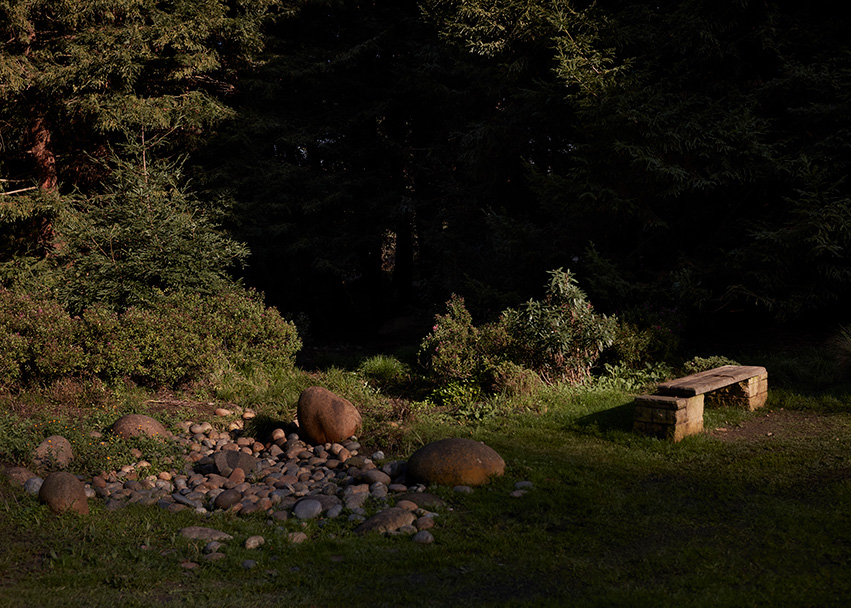THE UNITED STATES OF AMERICA
In 2021 1.08 million people were infected with HIV in the USA out of a total population of 333 million. In 2021 there were more than 36000 new HIV diagnoses and 19982 people with HIV died. Most HIV infected people are men (76.9%). Of these 75% contracted the virus through sexual contact with another man. Although the black population makes up only 12.6% of the total they form the largest part of the HIV population. 39.6% of all HIV infected are black 24.6% are Hispanic and 28.5% are white.
Compared to most countries in Western Europe but also to several African countries a large percentage of people only reach out to health care at the AIDS stage (21%). It fits in with the general picture that the reach out to care is lower than one might expect.
Only 75% of all HIV infected people received the necessary HIV care and treatment in 2021. As a result only 66% of the entire HIV population has an undetectable status. Where the official UN target is to achieve the 90-90-90* the USA is lagging far behind.
Various reasons are given for this lower outreach by the HIV population. For example in the USA there is a national policy that each of the 50 states self-determines their policy regarding healthcare. Poverty discrimination stigmatization of the HIV community and healthcare that is sometimes difficult to reach nd therefore difficult to access are other factors hat play a role.
On the positive side the use of PrEP is increasing year after year. In 2022 more than 435000 people used this.
(Source: AIDSvu an interactive online mapping tool)
The Grove
National AIDS Memorial
The National AIDS Memorial Grove in San Francisco’s Golden Gate Park was created in 1998 by a small group of San Franciscans to be a memorial place in support of the community that had been so badly affected by the AIDS epidemic—a memorial to keep alive for future generations the story of those who died from AIDS. With government support and the help of many volunteers, the Grove is a thriving, lively National Aids Memorial. In its 10-acre landscape visitors can mourn, reminisce, and hope in peace. But also be at rest.

Mike and Chuck

Bert meets Roy at the Grove

Bert: Could you tell me how it was for you to live here in San Francisco around 30 years ago?
Roy: Thirty years ago, when I was around 22, I used to read the obituary pages of the Bay Area Reporter. They seemed to grow and grow as more time went by. And I was shocked the first time I saw that someone born in 1961—younger than me—had died of AIDS.
So that was very telling. And I remember it was really hard going to the Castro. Because the Castro was always fun and it was always crowded.
I remember it was just very bleak. Very dark. It was a very dark time. I remember how difficult it was to walk through there, because you’d see people you knew… really beautiful men… and now suddenly they had lesions and they were moving slower. You could see it everywhere.
It was tough, a really tough time.
Because men a little bit older than I were touched by it differently. I was sort of in that in-between stage. I was saved, because there was enough safety to catch.
Bert: I experienced it also. I visited San Francisco in 1994. Really a lot of people were dying, and there were no medicines. They started with the first pill, AZT, at that moment. I’m from 1950, I was also one of the first… So I’m very lucky that I survived, because the pills were just in time, otherwise I’d be dead. And that still seems somehow crazy…
Roy: Yeah, and there are the men who were with partners who died of AIDS, who have nothing. How are they… It’s unbelievable.
But anyway, I wish you good luck.
